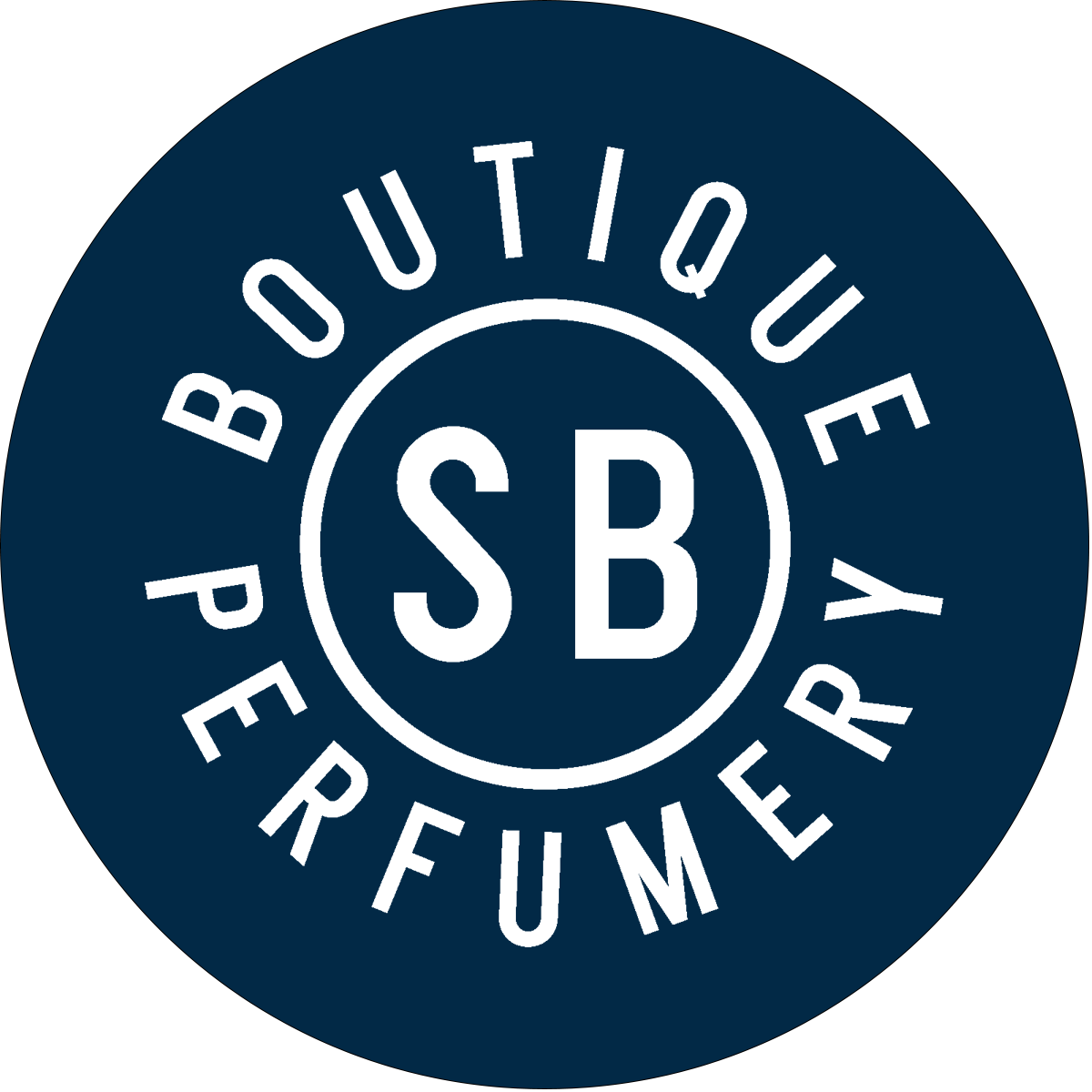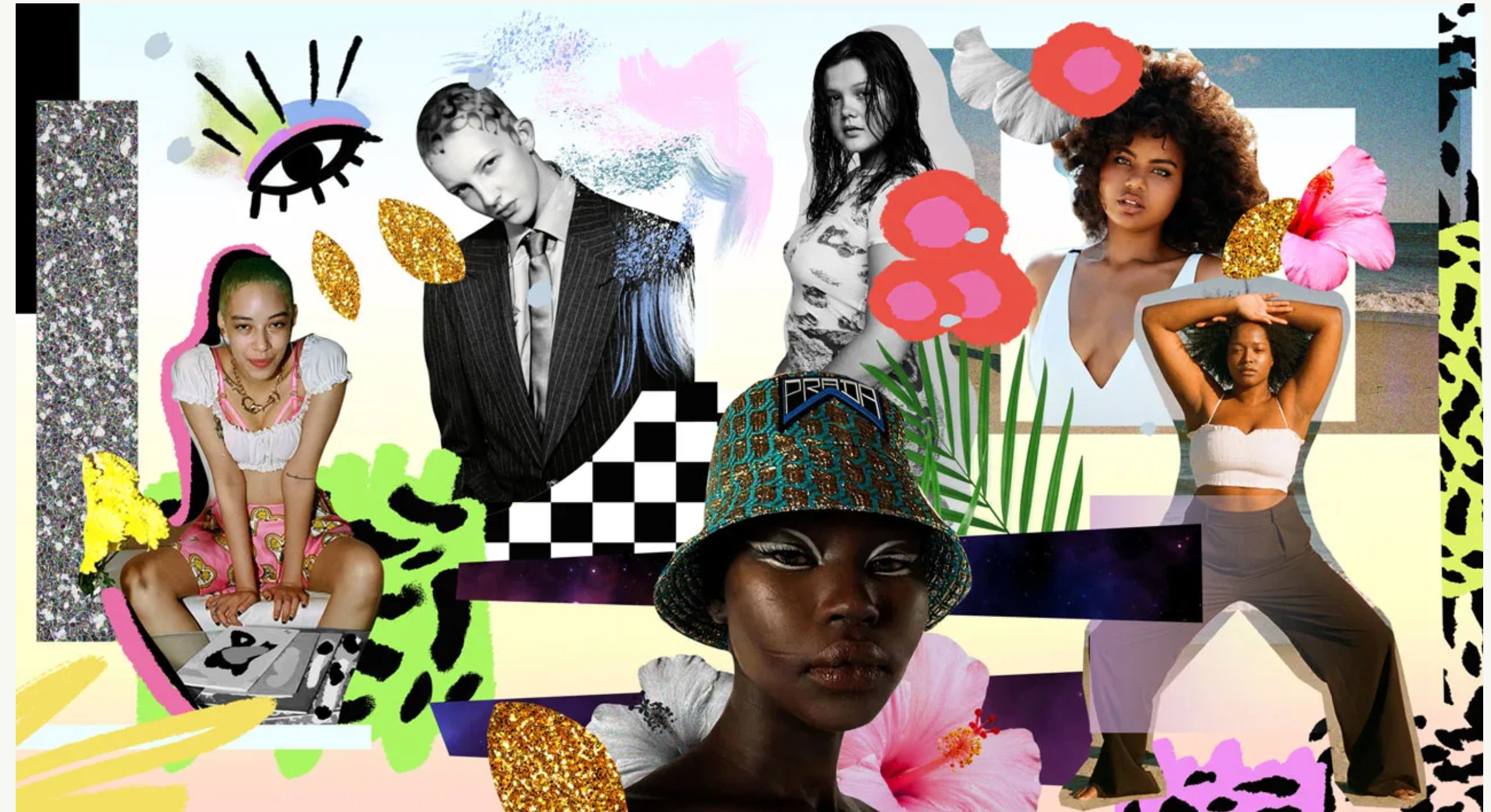 Collage by Vesna Vrdoljak
Collage by Vesna VrdoljakThree iconic examples of when the infusion of scent and style has created an extraordinary sensation
In his 1985 novel Perfume: The Story of a Murderer, Patrick Süskind states that, “he who ruled scent ruled the hearts of men.” That’s a powerful sentiment – but it's one that holds particular truth when placed into the context of fashion. The acrid aura of civet detectable on the threads of courtesan dress; the subtle odour of Fracas clinging to the garments owned by the late, great Isabella Blow; the golden allure of a certain number five in its cubistic glass bottle. For thousands of years, humanity has paired its sartorial selections with fragrance for maximum impact – but over the past century it has found a new role: guiding our hearts and minds through the experience of fashion.
"He who ruled scent ruled the hearts of men" – Patrick Süskind
As Master Perfumer Roja Dove explains, “Unlike fashion and nature, fragrance disregards age, colour and vantage. As we age, and our bodies start their slow inevitable decay, our skin starts to shout the truth, however hard we try to silence it. It can transform us into seducers or seductresses, transporting us to an ethereal realm of memories and sensations.” What a powerful tool therefore, for a designer to have alongside their needle and thread; here, we explore three of the greatest instances of fashion design uniting with olfactory experience.

The Inimitable Success of Chanel No. 5
The potency of the relationship between fashion and perfume is most famously apparent with Chanel No. 5, the scent developed by Ernest Beaux for Gabrielle Chanel in 1920. Fused with the fragrance of a dozen May roses, a thousand jasmine flowers and 77 aldehydes, No. 5 was the scent selected after Chanel was presented with a selection of numbered vials. It marked a change in attitude towards perfume from the moment it entered her nostrils; breaking the more common use of a single-flowered scent (deemed lady-like) or a musk (associated with prostitution). Whether it was spraying it into the atmosphere of a dinner party in Cannes so that “all the women who passed by our table stopped and sniffed the air," or employing her assistant to spritz in her office lobby, Chanel and No. 5 became inexorably intertwined. Moving forwards, Coco was to show her collections on the 5th of the month, in homage to that now iconic vial’s number.

The Macabre Memory of Fracas
“A perfume brings back moments in our lives in vivid, glorious technicolour,” explains Roja Dove. “It has the ability to bring a smile to our lips, or tears from our eyes; it can both repel us and attract us.” For Lee McQueen, it was the redolence of Robert Figuet’s Fracas – the scent often referred to as the anti-No. 5 – that would come to provide a macabre memory of his dear friend Isabella Blow. Whether dousing her letters in the scent, or burning Fracas-perfumed candles from Anna Wintour in her home, those who surrounded Blow undoubtedly forged an unbreakable link between the woman and the fragrance; Detmar Blow even recalls that once “Issie told Stella Tennant, ‘If I make you famous, I want a bottle of my favourite perfume.’ A bottle of Fracas duly arrived.” As such, for McQueen’s show La Dame Bleue, a lament following her suicide, the showspace was flooded with the fragrance, with bottles placed in pink boxes on the seats for guests. This was Isabella in absentia – and a touching tribute from a dear comrade.

The Emotive Storytelling of Tralala
Meadham Kirchhoff are a further set of designers who recognised the dramatic impact that scenting a show can achieve – although they have proclaimed that their approach is “less connected to the idea of memory than it is to the idea of making people feel something.” Indeed, frequently partnering with Penhaligon’s perfume acted as a manipulative tool within their presentations, heightening the storytelling fascination that informed their creative output. Working with Bertrand Duchaufour, who spent time at the pair’s old East London design studio, they created Tralala: a scent that was to flavour the air of Tate Modern’s turbine hall for their A/W14 show. With heart notes of leather, incense and carnation, it echoed the fantastically hedonistic creations from the designers – and provided an un-social-media-able addition to the notorious tech antagonists’ offerings. “Fragrances are not really following the same cycle as fashion. Each new perfume is not replacing another more ancient, it is rather an addition,” explained Penhaligon’s CEO. And if any singular philosophy defines Meadham Mirchhoff, it is the notion of eschewing industry traditions in favour of creating something new.

 Welcome to...
Welcome to... Austria
Austria
 Belgium
Belgium



Share:
CHIC HAPPENS - FIND YOUR SCENTS OF STYLE
How to make the most of your Self Care Sunday